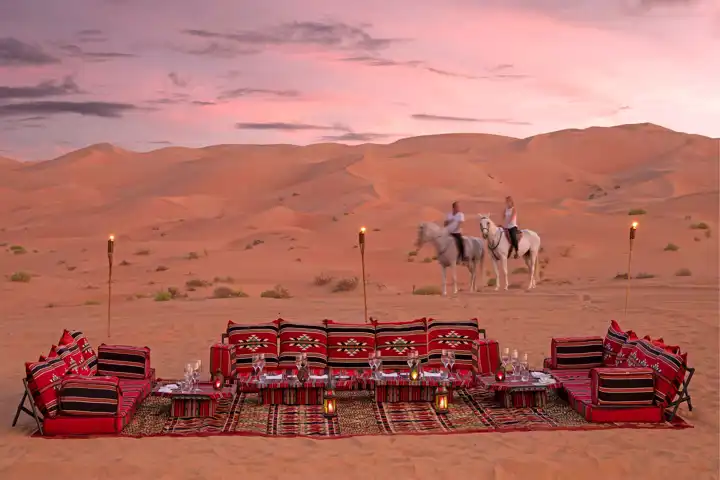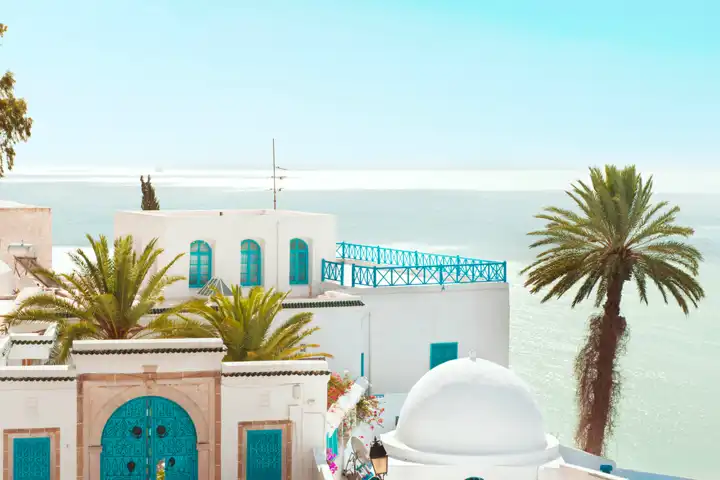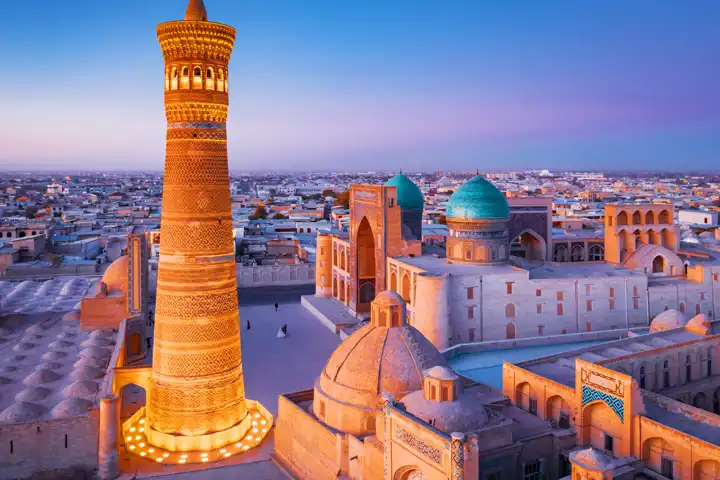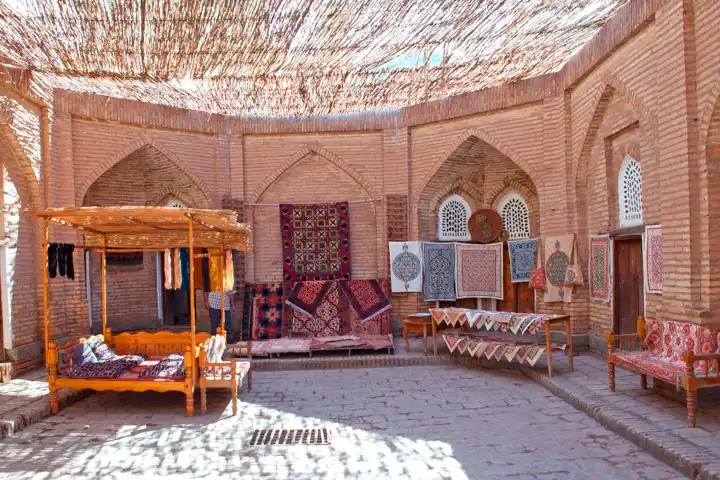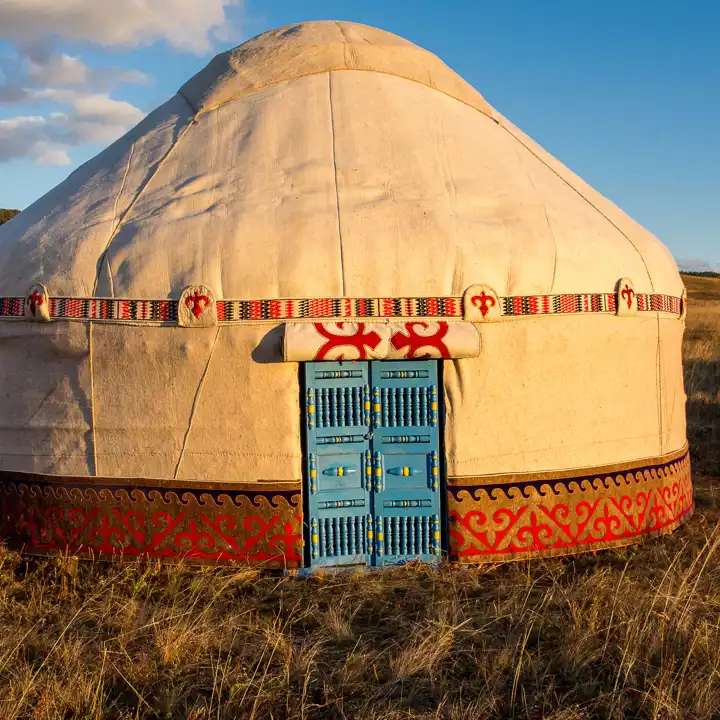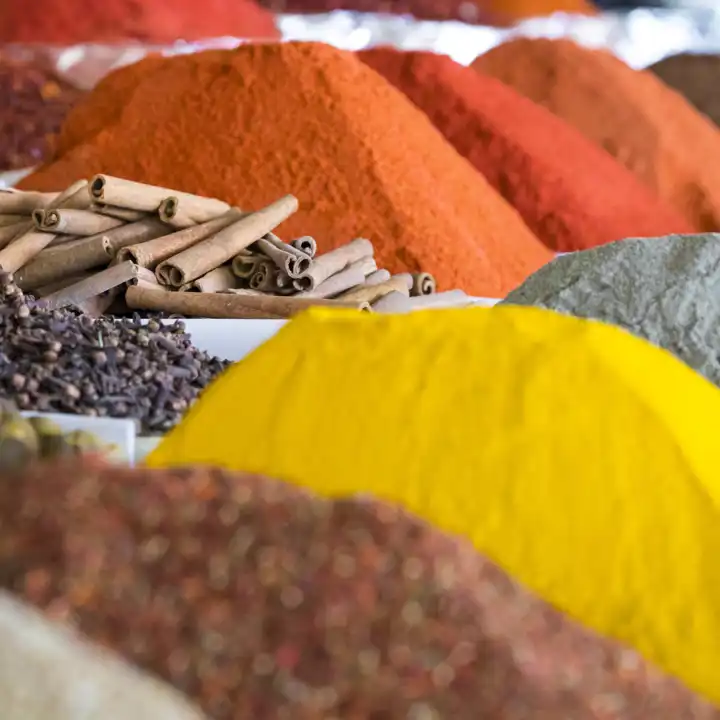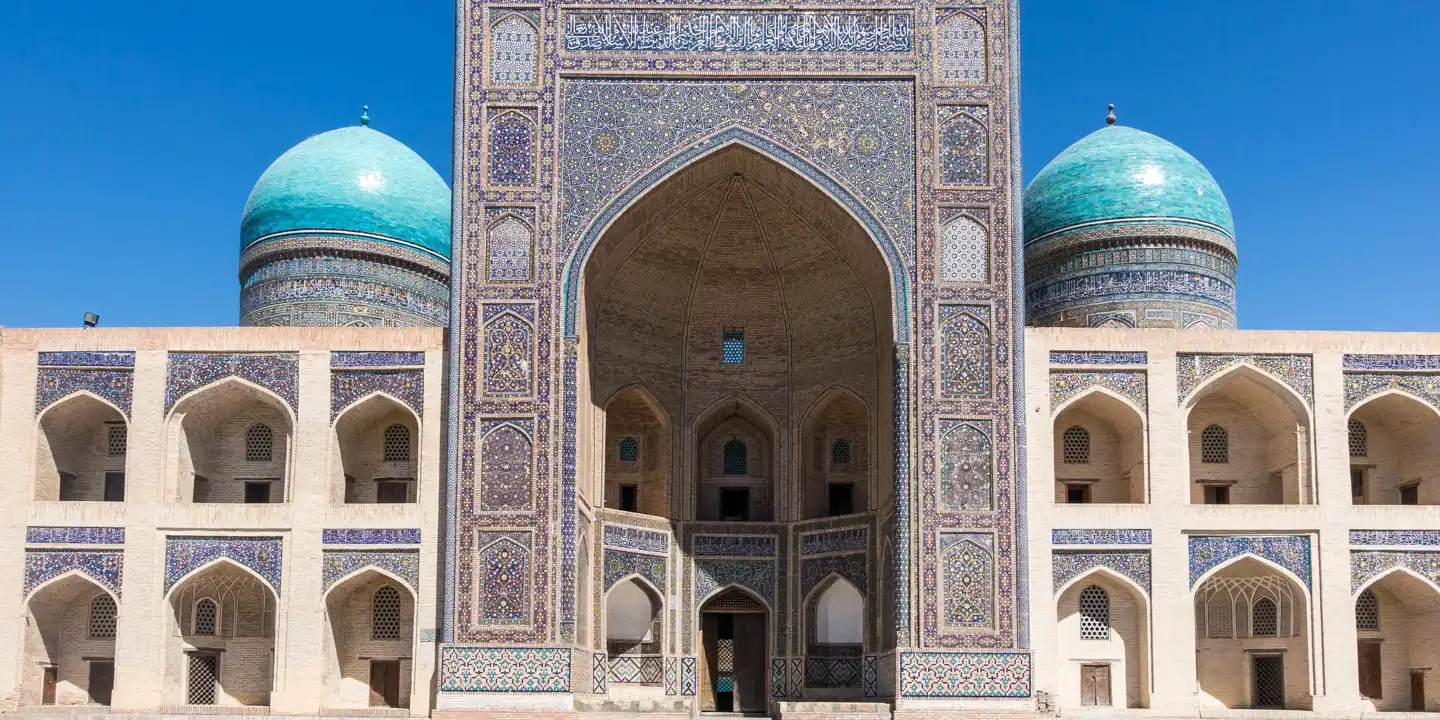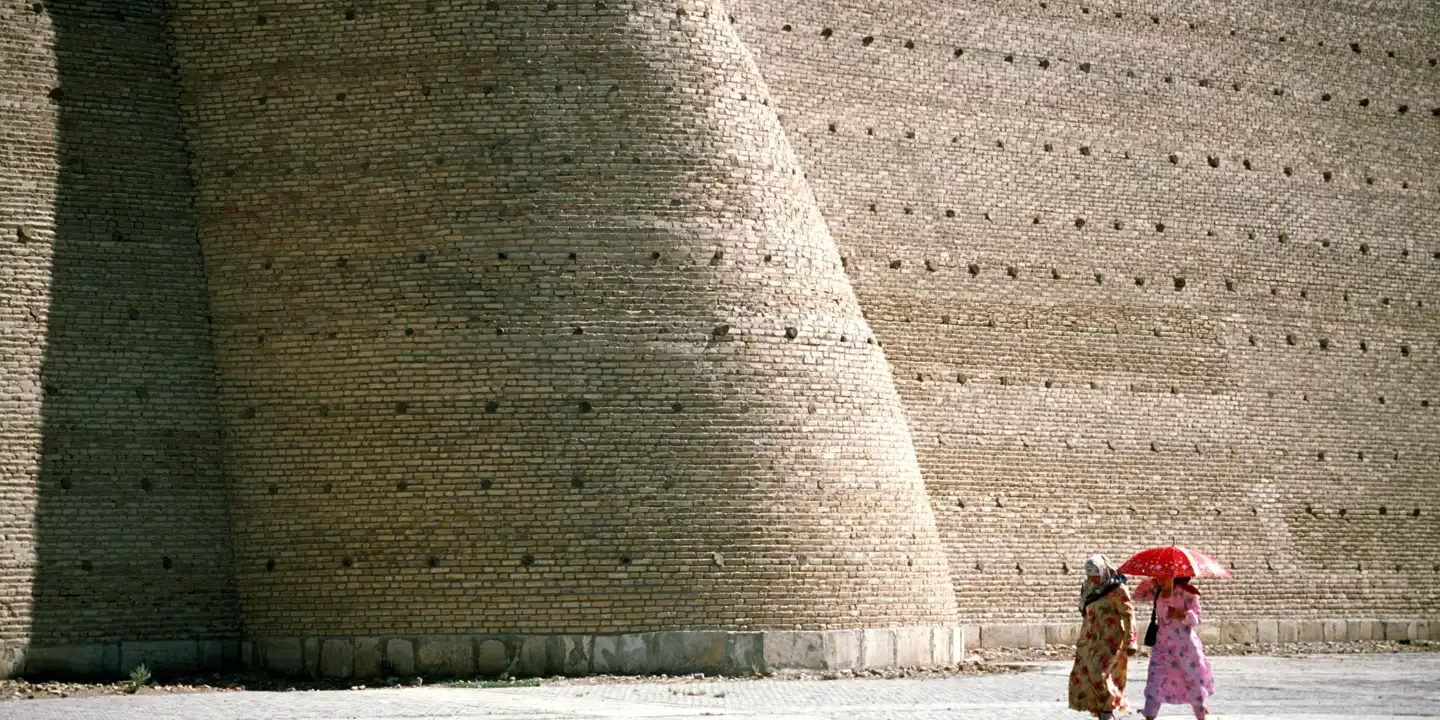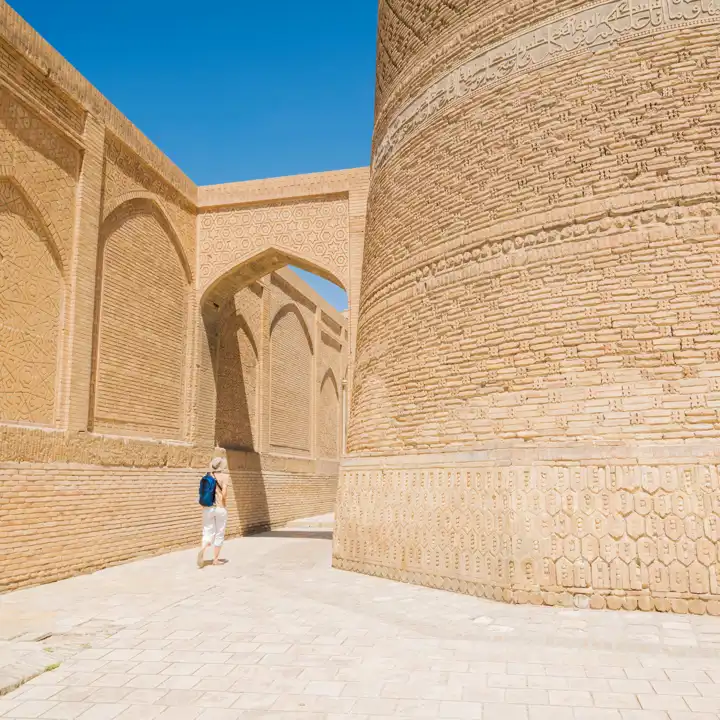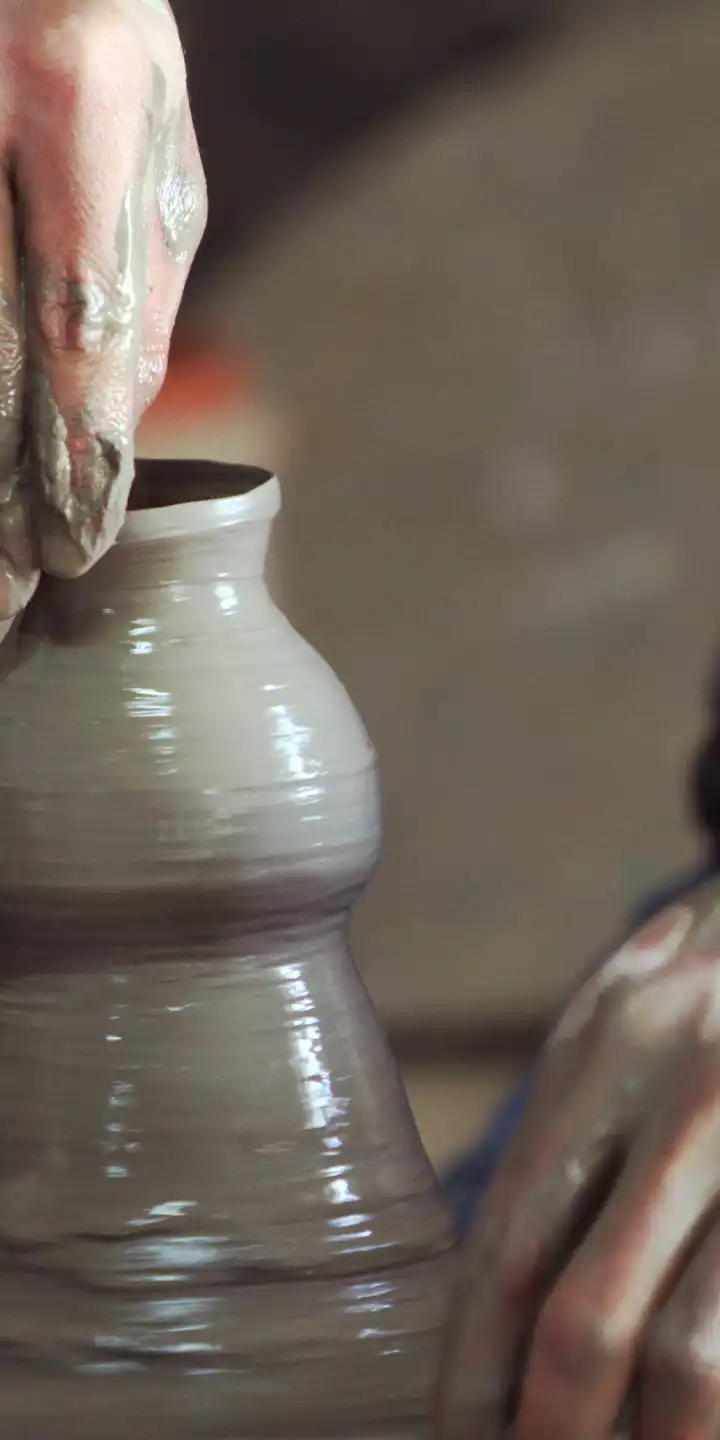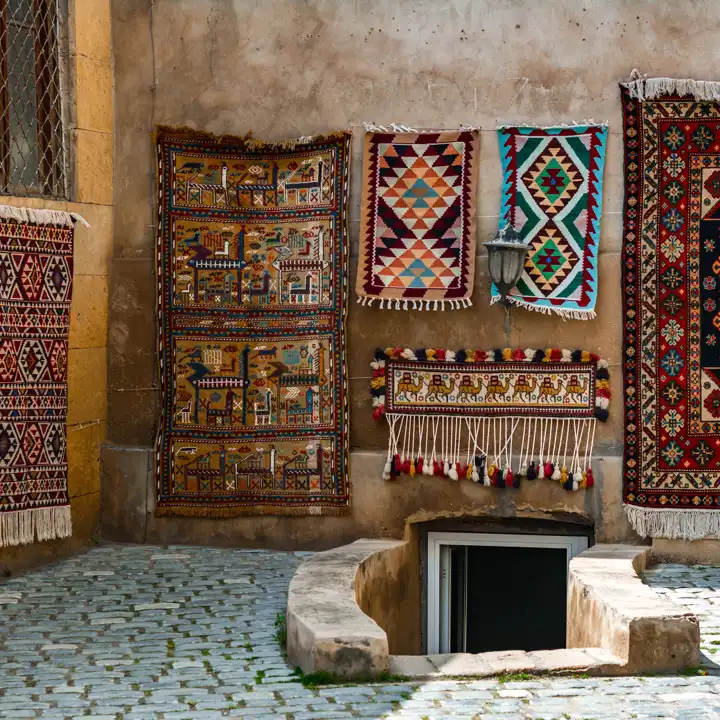Uzbekistan
Where the Past Unfolds and Silk Road Stories Resound
Uzbekistan
Travel to Uzbekistan, a stop on the ancient Silk Road, is a page torn straight from One Thousand and One Nights. The shadows of soaring minarets serve as the backdrop for magical flying carpets zipping through the air. And the dusty day reveals detailed majolica tiled domes, glittering among the flat roofed homes. Madrasas, once ancient religious schools, now house little shops selling crafts and trinkets. Maybe this is really is where Aladdin’s magical lamp waits with a genie trapped inside. Yet Uzbekistan is a place that we know so little about. The country gained independence from Russia in 1991 after being hidden behind an Iron Curtain for so long. Travel to Uzbekistan therefore promises a wealth of long forgotten wonders.
Samarkand
Samarkand was one of the most important stopping points on the Silk Road. Indeed, it acted as a center of learning and trade and a meeting place of a myriad of cultures from China to the Mediterranean. At the time, Marco Polo’s writings gave Europeans a better understanding of this far-flung world. Alexander the Great was married here, and at the height of his power Genghis Khan came and plundered. Additionally, a beehive of astronomers and mathematicians made this region of Uzbekistan an intellectual capital of the world. The main vast square, Registan, was the brainchild of King Timur. Its perfectly arched doorways are decked out in glazed geometric motifs, leading into what was once caravanserai for the tired and weary travelers of the Silk Road. Bright turquoise cupolas glisten in the sun, still as vibrant as they were when they were crafted in the 14th century. The impressive profusion of pattern and color has inspired many. In fact, Mughal architecture seen in India’s Taj Mahal and Iran’s Imam Mosque drew inspiration from Registan.
To the West
Travel to Uzbekistan’s reveals a wonderland of Islamic culture further west in Bukhara, a 2,500-year-old city. This region still looks much the same as it would have centuries ago with its 16th-century mosque. Khiva, another stop on the Silk Road, is a beautifully preserved town of sandy-hued homes. The inner walled portion of the town, Ichon-Qala, is best seen in the moonlight amide its narrow lanes
Silk Road Culture
Meals in Uzbekistan promise a symphony of flavors. Plov, a seasoned rice dish with vegetables and meat, comes topped with raisins. Wash it down with piping hot green tea. Traditional costumes, too, are a blur of colors and patterns like ikat and brocade. Indeed, pomegranate and saffron dyes turn bland fabrics into works of art, the craftsmanship passed down over the generations. Local music is also a blend of styles taken from all those nationalities that have passed along these roads. Dance and sing in the capital Tashkent, and sleep under a canopy of twinkling stars in a yurt tent, its interior covered in vibrant tapestries, and drift off into dreams of genies and magical lands.
Travel to Uzbekistan with Ker & Downey
Everywhere you go in this fascinating land, you will be greeted with warm hospitality. Explore our completely customizable Uzbekistan vacation packages. Then contact a Ker & Downey destination specialist to start planning your own experience.

